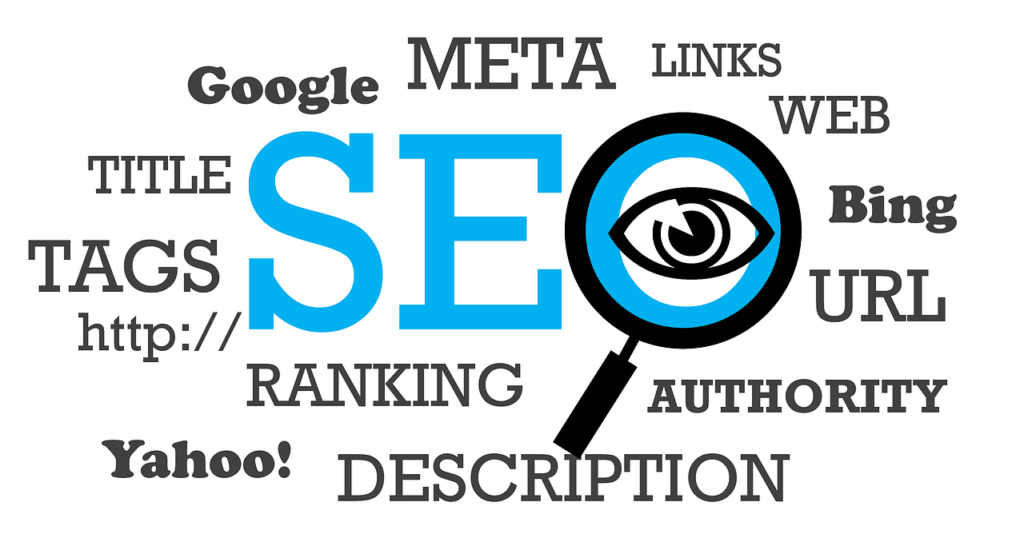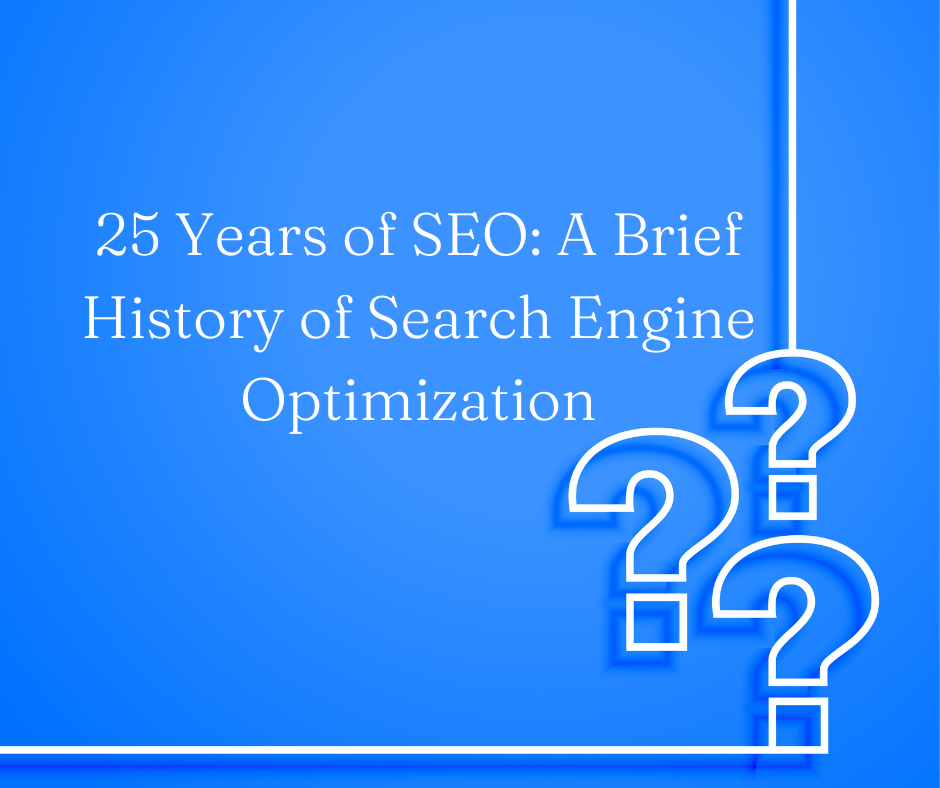SEO has come a long way in its 25-year history. In the beginning, SEO was relatively simple, and ranking high in search results was possible by simply stuffing keywords into your website’s content. However, as search engines became more sophisticated, they started to penalize sites that used these black hat SEO techniques.

Here is a brief history of search engine optimization (SEO) from its early days to the present day:
In 2001, Google released the PageRank algorithm, which is still used today to rank websites. PageRank is a way of measuring the importance of a site based on the number and quality of content & backlinks that point to it. This update made it more important for websites to build backlinks from other high-quality websites.
In 2005, Google released the Penguin algorithm update, which penalized websites for manipulative SEO practices. This update was designed to rid search engines of bad tacticack hat SEO techniques like keyword stuffing and link farming.
In 2011, Google released the Hummingbird algorithm update, which focused on understanding the meaning of search queries. This update made it more important for websites to create content relevant to the searcher’s intent.
In 2013, Google released the Panda algorithm update, which penalized websites for low-quality content. This update was launched to improve the quality of search results by removing websites that were not providing valuable content.
In 2015, Google released the RankBrain algorithm, a machine learning algorithm that assists Google in understanding the meaning of search queries. RankBrain is still under development, but it is already significantly impacting how websites are ranked.
In 2018, Google released the BERT algorithm update, which is a natural language processing algorithm that helps Google understand the meaning of search queries even better. BERT is designed to improve the relevance of search results for long-tail keywords and complex queries.
In 2022, a set of metrics designed to measure website performance. These Core Web Vitals are becoming increasingly important for SEO, as Google is using them to rank websites.
In 2023, Google will continue to release new algorithm updates with a focus on user experience and quality content. The most recent update, the March 2023 Core Algorithm Update, was designed to improve the ranking of websites that provide a good user experience.

Some of the key SEO trends to watch for in the future:
- Personalized search: Google is increasingly personalizing search results, so you need to make sure your website is optimized for different types of users.
- Voice search: Voice search is becoming increasingly popular, so you need to make sure your website is optimized for it.
- E-A-T: Google is increasingly focusing on expertise, authoritativeness, and trustworthiness (E-A-T) when ranking websites. This means that you need to create content that is informative and helpful and that comes from a reputable source.
- Machine learning: Google leverages machine learning to enhance its search algorithms. This means that you need to be prepared to adapt your SEO strategies to take advantage of these changes.

As you can see, the SEO landscape has changed a lot over the years. However, some things have remained the same. The essential thing is to create high-quality content that is relevant to your relevant audience. You should also focus on quality backlinks building from high-quality websites. If you want to succeed in SEO in 2023 and beyond, you need to stay up-to-date on the latest trends and changes. You should also be prepared to adapt your strategies as needed.

